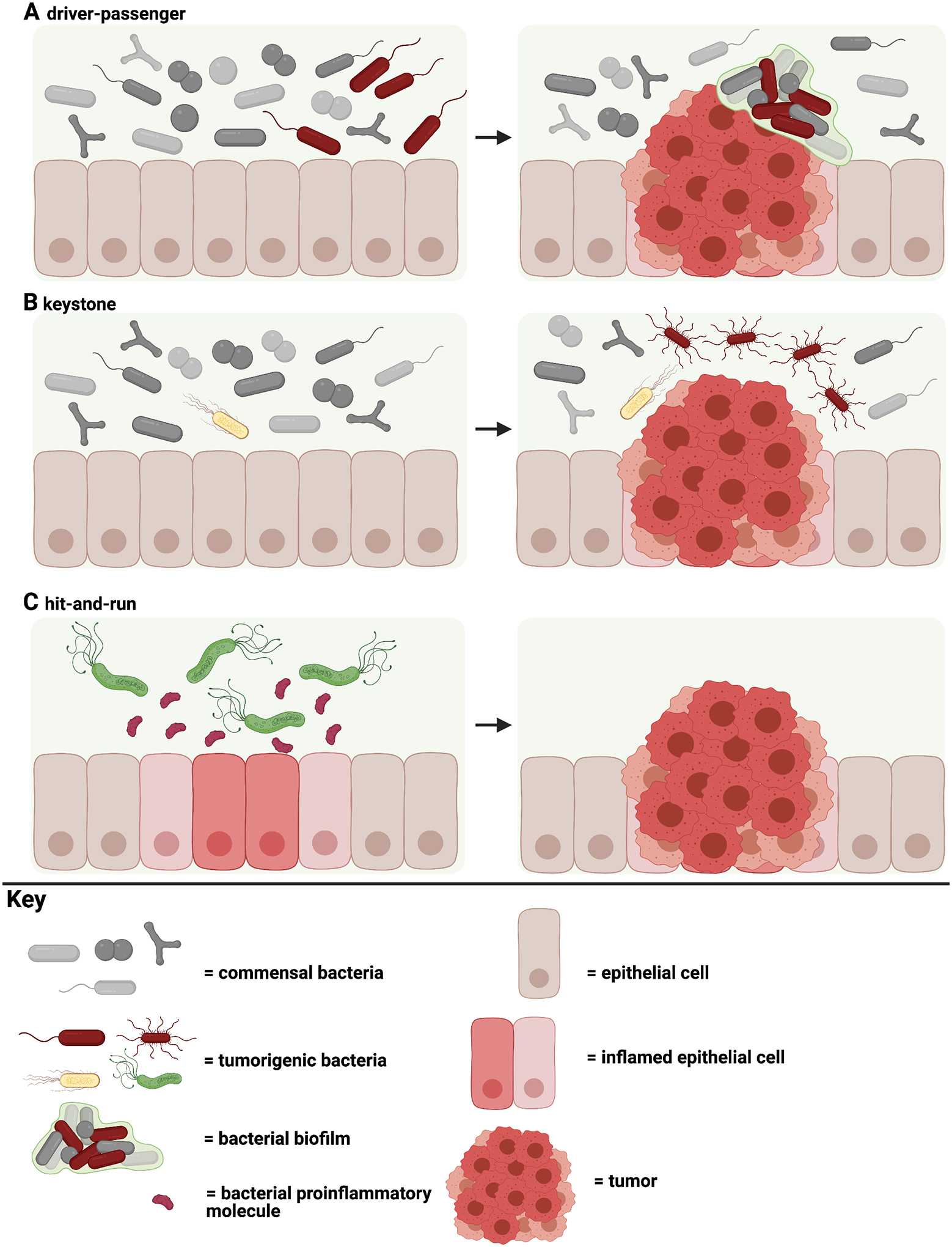Figure 2. Theories of bacterial involvement in tumorigenesis.

A, The driver-passenger model where a single or group of tumorigenic bacteria recruit or coordinate with members of the microbiome to promote tumorigenesis. This model embraces the concept of the impact of a community of microbes on tumorigenesis. B, The keystone hypothesis states that the presence of a single tumorigenic bacterium even at minimal abundance enables the colonization of additional collaborative pro-carcinogenic bacteria. C, The hit-and-run model is described as temporary colonization and damage by a tumorigenic bacterium that results in tumorigenesis. Additional potential pro-tumorigenic models include chronic dysbiosis and biofilm-mediated changes in tissue function, both extensions of the ‘driver-passenger’ model.
